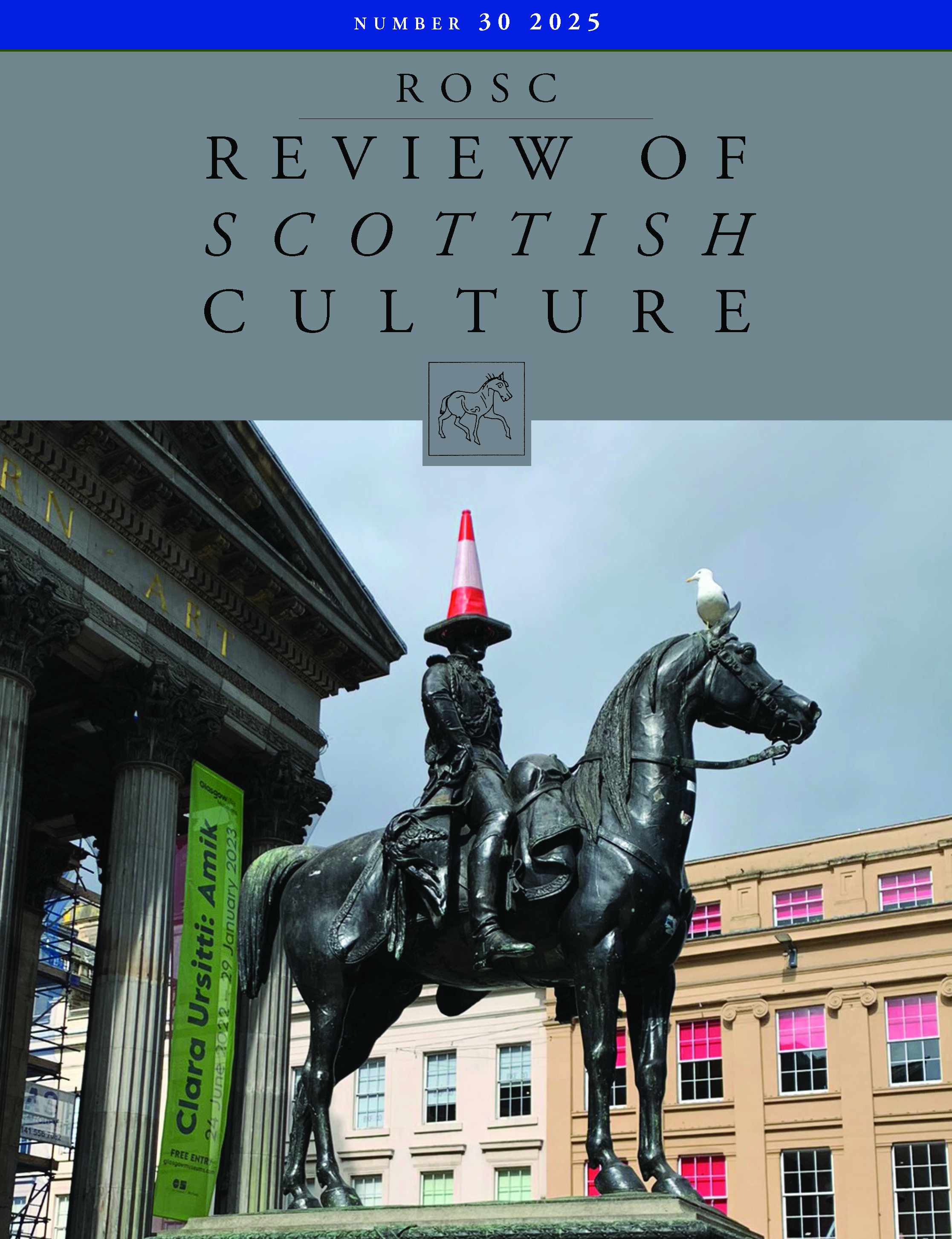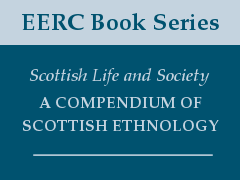Slavery, Commerce, and Art: Kelvingrove House and The City Industrial Museum
DOI:
https://doi.org/10.2218/rosc.11845Abstract
In 1901, Kelvingrove Art Gallery and Museum opened to the public, along with two other temporary exhibition halls, as one of the main attractions at the Glasgow International Exhibition. However, the history and legacy of its predecessor, the City Industrial Museum (previously known as Kelvingrove House), is far less known and largely undocumented. This article considers the early history of Kelvingrove House, adopting an interdisciplinary approach combining archival research with the analysis of material culture, maps, and museum collections. Situated within wider heritage initiatives relating to the recovery of Glasgow’s historical links with slavery, it underlines the possible significance of Kelvingrove House to future curatorial policy and civic initiatives.






